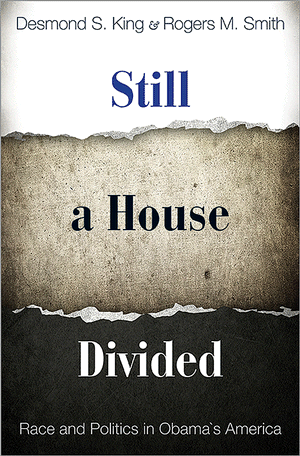Obama’s America: A Transformative Vision of Our National IdentityPosted in Barack Obama, Books, Media Archive, Monographs, Politics/Public Policy, United States on 2012-09-27 17:35Z by Steven |
Obama’s America: A Transformative Vision of Our National Identity
Potomac Books
July 2012
270 pages
6″ x 9″; Notes; Bibliography; Index
Clothbound ISBN: 978-1-61234-472-0
Ian Reifowitz, Associate Professor of History
Empire State College of the State University of New York
What it means to be an American today
Our national identity is defined by what it means to be an American and whom we include and why when we talk about “the American people.” A country’s national identity is fluid, and Ian Reifowitz argues that President Barack Obama, by emphasizing the ideals Americans hold dear, hopes to redefine ours in a fundamental way. Obama’s conception of America emphasizes two principles of national unity: First, all Americans, regardless of their heritage and cultural traditions, should identify with America as their country, based upon shared democratic values, a shared history, and a shared fate. Second, America should embrace all its citizens as active participants in one “family.” Reifowitz explores Obama’s belief that strengthening our common bonds will encourage Americans to rectify the injustices and heal the racial divisions that still plague our country.
We have the opportunity to demonstrate to the world that a society of many races and cultures can truly become one people. In facing terrorism, violent fundamentalism, and other security issues, Obama’s response centers on a powerful, inspiring, and truly inclusive American narrative. By bolstering America’s identity as diverse yet unified, he aims both to counter the anxieties and fears that radicalism stokes and give proponents of religious and political freedom a model they can defend. The stakes couldn’t be any higher in determining America’s future.
Table of Contents
- Foreword by Ellis Cose
- Preface
- Acknowledgments
- Introduction
- 1. American National Identity: From the Revolution through the 1960s
- 2. Since the 1960s: Radical Multiculturalism, Its Critics, and How Obama Fits In
- 3. Obama’s Search for His Own Identity
- 4. Obama on Racial Discrimination: Causes, Effects, and Policies to Combat It
- 5. Candidate and President Obama’s Broader Rhetoric on Race
- 6. Obama’s Vision of National Identity and National Unity
- 7. Obama’s Narrative of American History and Our Place in the World
- 8. Rejecting Obama’s America: Right-Wing Exclusionists and Left-Wing Race Critics
- Conclusion
- Notes
- Selected Bibliography
- Index
- About the Author

